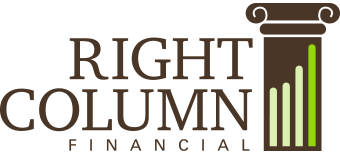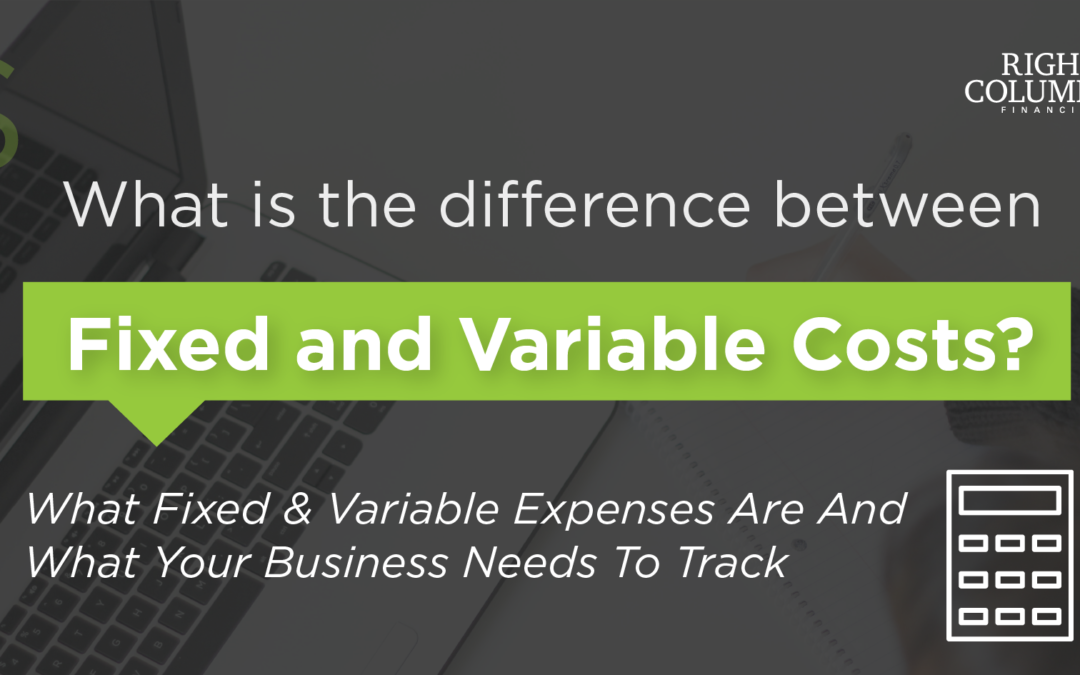With so many costs and paychecks flying out the door, it can be hard to properly categorize everything in your head as a business owner. You may be thinking: “We have sold a ton of our products this month, so how will that affect my expenses?”
To start, there are two categories of business expenses that you need to consider: fixed costs and variable costs. Fixed costs do not change at all with your business’s sales or profit, but your variable costs do change.
Fixed Costs
Fixed costs are expenses that remain constant. You expect to incur these costs every period, no matter your business performance or profit.
Some common examples of fixed costs include:
- Payroll or wages to your employees
- Rent or mortgage payment on your office or retail space
- Administrative or office-related costs (technology, desks, cash registers, etc.)
- Utilities (electricity, water, internet, phone services, etc.)
- Subscriptions to software or tools you use for your business
- Routine advertising or marketing spends
- Operational costs such as insurance, credit card fees, property taxes, etc.
Again, these costs exist no matter how many units you sell or how many services you complete each time period. While there can be some occasional changes, such as a change in an employee’s salary, you still expect these to come out of your pocket regularly.
You may also be familiar with the term “overhead”, which involves the costs that are directly related to the day-to-day running of your business. These costs must be paid regardless of your profit or losses, your demand, or if you are busier this month. This can include things like rent or mortgage payments, utility bills, administrative fees, ongoing salaries, insurance, and more. As you can see, these are more often categorized as fixed costs, since they do not fluctuate with your performance.
Variable Costs
Variable costs are directly correlated to your sales and demand for your product or services. As your sales go up, and more people buy your goods or request your services, so do your variable expenses. When you have less demand, and your sales didn’t do so well this month, your variable expenses will go down.
Some common examples of variable costs include:
- Materials to make your products, such as raw materials or goods required based on how much you need
- Production Supplies or Machinery, such as equipment needed to complete your services or make your products
- Transportation or Shipping Costs, such as gas in your delivery trucks or your employees’ plane tickets to visit clients
- Sales Commission, such as when part or all of your employees’ salaries are based on how much they sell to customers
- Business costs such as credit card fees, warranties on products, etc.
Variable costs can also be known as cost of sales or cost of goods sold (COGS) in accounting. COGS is exactly what it sounds like, as we mentioned: expenses that directly change based on factors such as units sold, production costs, or price of materials to make the goods or offer the services.
One piece of advice for business owners is: you don’t want success and great sales to actually end up harming your business. This is why it’s so important to track variable costs and reduce them when possible, as well as weigh those costs relative to your business’s revenue. For example, a business may be saving money on a cheaper machine to make their products. However, it may be slowing down production, which costs the business more in labor. Alternatively, a more efficient (yet more expensive) machine may end up saving the business money in the long run.
Operating a business, no matter what the size, is no small feat. Managing your expenses with accounting or bookkeeping can be very complicated as well. Want to hand it off to the experts? We can help with that. Right Column Financial (based in Gwinnett County, GA) specializes in bookkeeping, accounting, payroll, and CFO services for small to medium-sized businesses. Get in touch with us today to learn how we can best serve you.

